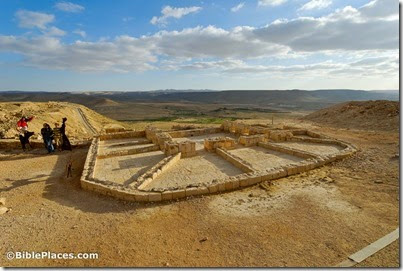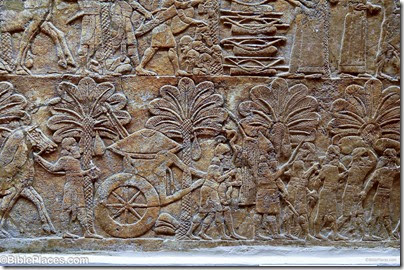From the Israel Antiquities Authority:
For the first time, grape seeds from the Byzantine era have been found. These grapes were used to produce “the Wine of the Negev” — one of the finest and most renowned wines in the whole of the Byzantine Empire. The charred seeds, over 1,500 years-old, were found at the Halutza excavation site in the Negev during a joint dig by the University of Haifa and the Israel Antiquities Authority. “The vines growing in the Negev today are European varieties, whereas the Negev vine was lost to the world. Our next job is to recreate the ancient wine, and perhaps in that way we will be able to reproduce its taste and understand what made the Negev wine so fine,” said Prof. Guy Bar-Oz of the University of Haifa, director of the excavation.
The archeologists know of “the Wine of the Negev” or “Gaza Wine” — named for the port it was sent from to all corners of the empire — from historical sources from the Byzantine period. This wine was considered to be of very high quality and was very expensive, but unfortunately, it did not survive to our day, so we do not know what it was that made it so fine. In earlier excavations in the Negev, archeologists found the terraces where the vines were cultivated, the wineries where wine was produced, and the jugs in which the wine was stored and exported, but the grape seeds themselves were not found.
[…]
This discovery is exciting for local wine growers and for the archeologists, and they all hope to reveal the secret of the Negev vines in order to recreate the ancient wine, and by so doing, to finally understand why it was famous throughout the Byzantine Empire — in Egypt, Greece, Italy, and Spain.
Read the full article here.
Photo from Cultural Images of the Holy Land

